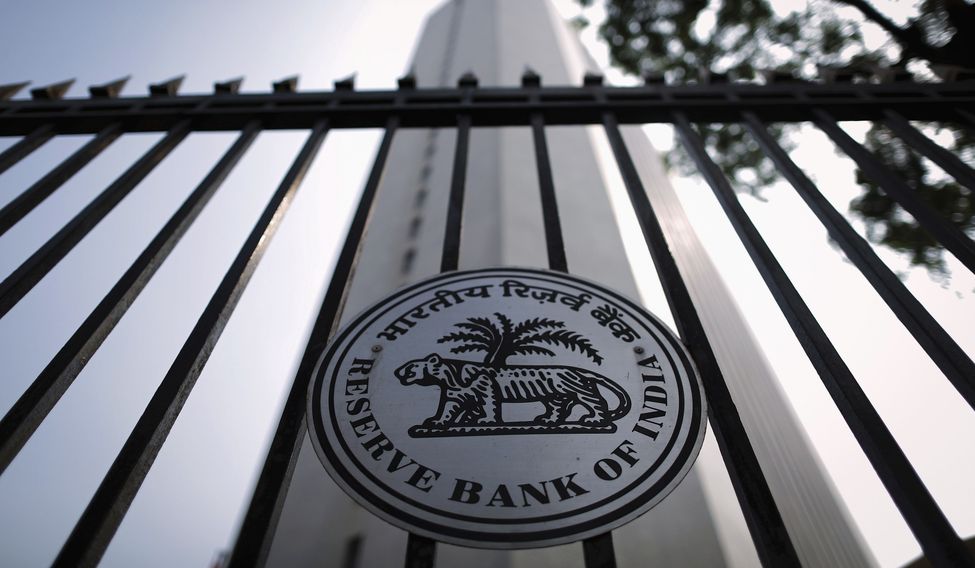Economic depression and inflation are two major economic maladies faced by all governments and central bankers across the globe. With Keynes’ prescription of deficit financing by the governments, enunciated in his General Theory in 1936, economic depression has never turned its ugly head again. But the story is not quite the same about inflation, which has continued to worry the policy makers, and more so when it becomes intractable. It has become a typical affliction amongst the emerging market economies, which are growing at higher rate and face supply bottlenecks under the pressure of strong consumer demand.
This is not the case with the developed world. After the financial crisis, the developed economies are struggling to trigger growth with expansionary monetary policy. Their central banks have kept the target of 2 - 2.5 per cent for inflation. But the major problem these economies face, is that even with large monetary expansion, they are not able to hit an inflation target of 2 per cent. With a lackadaisical investment cycle and weak consumer demand, the economic growth in these countries still remain stunted.
The emerging market economies like India and China, reflects a different scenario. With a GDP growth pegged at around 7.5 per cent annually, the Asian biggies have to manage and control inflation figure before it overshoots the safe limit or target. Inflation is politically very sensitive. Lenin once said and Keynes quoted him saying, that the best way to topple the capitalist system is to debauch its currency. Democratic societies have always been watchful to avoid such a crisis caused by inflation.
In August 2016, the RBI moved towards a regime of inflation targeting and fixed 4 per cent as the taget inflation with an upper and lower tolerance limit of 6 per cent and 2 per cent respectively, for the next five years. The progress over the years, since the adoption of inflation targeting, has been commendable in bringing down the rate of inflation from 5.9 per cent in 2015 to 3.5 per cent in the quarter ending September. But consumer prices rose by 3.58 per cent year-on-year in October, 2017 and above 3.28 per cent in September. Higher prices were reflected in vegetables, fuel and housing. Despite this slight surge, the year-on-year estimate for inflation remains at 3.5 per cent to 4 per cent, below the RBI target rate. There is much speculation in the market about what would RBI do with interest rates in its monetary policy review meeting in December. In its August review meeting, RBI responded to market expectations and lowered the repo rate by 0.25 per cent to 6 per cent.
Favourable monsoon and excellent kharif and rabi crops helped in keeping the upward pressure on food grains and agricultural products under check. Further, Moody’s upgrade in rating for India has been a distinct seal of approval for structural reforms like demonetisation and GST. Though these measures did cost in terms of lowering growth rate by 1 per cent last year, the structural reforms will improve the productivity and efficiency of the economy from this year onwards.
Will RBI reduce interest rates in December meet?
Finance Ministry is pro-growth and would like a rate cut. RBI is pro-inflation control and would cut rate only if consumer price situation is under its tight control. Despite the decline in inflation rate below RBI’s target rate, the concerns of future scenario is two fold. Crude oil prices have rebounded from their lows in 2016. If the oil prices go up further, it will sow the seeds of inflationary pressures in the economy. However, the consensus estimate keeps the oil price between $55 to $60 level. The second concern is the on the fiscal deficit front. While the direct tax revenue has shown good growth, the GST revenue is still a worry. If GST becomes revenue neutral, road will be clear for a rate cut. Keeping a cautious approach, RBI may defer the rate cut until next year.
Disclaimer: The views expressed in this article are solely those of the author and do not necessarily represent the views of the publication.





